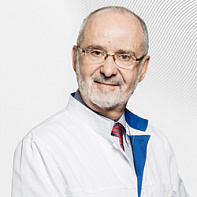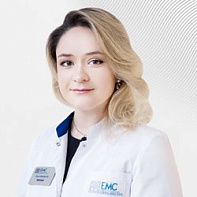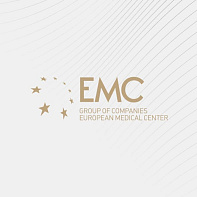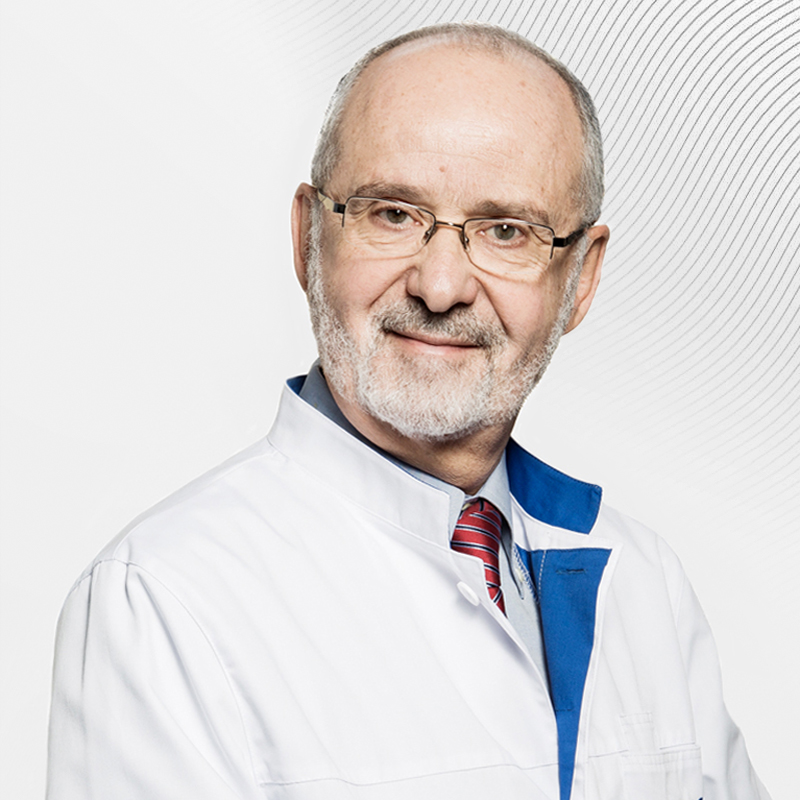PET-CT Scan
PET/CT scan at the European Medical Center
The cost of the study at the EMC Radionuclide Diagnostics Center includes:
- PET/CT examination using new equipment according to European protocols. All equipment is regularly checked and calibrated by an in-house engineer licensed by the equipment manufacturer.
- Additional PET/CT with contrast, delayed PET scan*.
- High-quality radiopharmaceutical manufactured in our own laboratory and passed quality control in accordance with international standards.
- The conclusion written by 2 radiologists of the department, if necessary, is consulted by Professor Libson (Israel).**
- The research disk.
- A printout with 3-dimensional reconstructions and key research frames.
- The opportunity to translate research into foreign languages.
- Attention and care at every stage of the study.
*The study is free of charge, and the decision to conduct additional research is made by the radiologist or the referring physician.
** The decision on the need for consultation is made by the radiologist of the department.
The availability of modern equipment and intensive care support allows conducting research of any complexity, including:
- examination of patients of any age,
- studies with anesthesia and anesthesia,
- specialized studies for planning radiation therapy,
- combined studies using contrast agents for computed tomography, a study with the prevention of allergic reactions and with a soothing premedication for patients suffering from claustrophobia.
Patients are examined by qualified radiologists, members of the European Association of Nuclear Medicine (EANM), who have many years of experience working in leading centers in Russia and clinics in Israel and the USA. PET/CT examination is carried out on new equipment according to European protocols.
Currently, the department uses the following RFPs:
-
18F – PSMA-1007 (PSMA) – RFP for the diagnosis of malignant pathology of the prostate gland, is also beginning to be used for the diagnosis of some other tumors.;
-
18F – FET (fluoroethylthyrosine) is the most promising RFP for the diagnosis of malignant brain tumors.
-
68Ga – DOTA-TATE - Whole body for diagnosis of neuroendocrine tumors, brain for diagnosis of imaging of meningiomas;
-
68Ga – PSMA-11 is used to assess the prevalence of prostate malignancies.
- 68Ga-PSMA-11 - for the diagnosis of malignant pathology of the prostate gland, 68Ga-DOTA-TATE – for the diagnosis of neuroendocrine tumors and meningitis of the brain.
Indications for PET/CT
PET/CT studies have shown themselves best in the diagnosis of the following diseases:
- Lymphomas
- Malignant melanoma of the skin
- Lung cancer
- Tumors of the gastrointestinal tract
- Tumors of the head and neck
PET/CT examination is most often performed in patients with an already identified pathology.
This method is indispensable for:
- detection of the spread of the malignant process in the body (staging);
- monitoring the course of treatment;
- diagnosis of relapses.
For the most effective assessment of tumor changes during treatment, it is recommended to conduct a study before and after treatment:
- after chemotherapy – 3-4 weeks;
- after radiation therapy – 12-18 weeks;
- after surgery – 12-18 weeks.
In some cases, PET/CT is used to search for a hidden tumor in the presence of metastases (CUP syndrome), to diagnose inflammatory diseases, as well as for certain cardiac and neurological diseases.
The study should be prescribed by the attending physician, indicating the diagnosis and purpose of the study. Before the examination, the radiologist examines the patient's referral, takes into account the indications and determines the need for the study.
Contraindications to PET/CT
- Pregnancy
- Acute pathological condition
- Infectious diseases in the active phase
- Severe somatic condition of the patient, including a condition that does not allow him to be in a static supine position for 60 minutes
- Hyperglycemia and serum glucose above 11 mmol/L (in the study with FDG)
What is PET/CT
PET/CT (positron emission tomography combined with computed tomography) is a unique diagnostic method that helps to see not only human organs and tissues, but also to determine the presence of a pathological process at the molecular level. The method allows detecting the smallest tumor foci in the human body at the earliest stages of the disease development, and monitoring the effectiveness of treatment.
For PET examination, the patient is injected with a microscopic amount of biologically active molecules (most often glucose) labeled with a radioactive isotope. They are actively captured by the pathological tissues of the body, integrated into the cellular metabolism and, thanks to the radiation of the isotope, make it possible to see the presence and spread of these changes in the human body.
The image of metabolic disorders obtained on PET is superimposed on computed tomography (CT), which makes it possible to create a three-dimensional reconstruction of processes and anatomical changes. Thus, PET/CT scans can provide information about human disease at the molecular, cellular, and organ levels.
An important feature of PET/CT is the ability to diagnose the entire body at once.
Equipment
The Radionuclide Diagnostics Center of the European Medical Center is equipped with Biograph mCT Siemens tomographs, which provide a wide range of specialized options for examining any organs and systems.
Modern technologies make it possible to carry out diagnostics in the shortest possible time using methods to reduce the dose load during diagnostic studies. The equipment is regularly calibrated by a full-time engineer trained in the USA, which allows us to maintain the quality and speed of the research.
The large diameter of the gantry aperture makes it possible to scan patients weighing up to 227 kg.
Doctors


.jpg)

- Actively participates in the work of scientific and research institutions
- He currently holds the position of Professor of Radiology at Hadassah Hospital. Member of the Education Committee of Hebrew University – Hadassah School of Medicine
- Awarded for outstanding contribution to Israeli Healthcare - Israeli Medical Association




